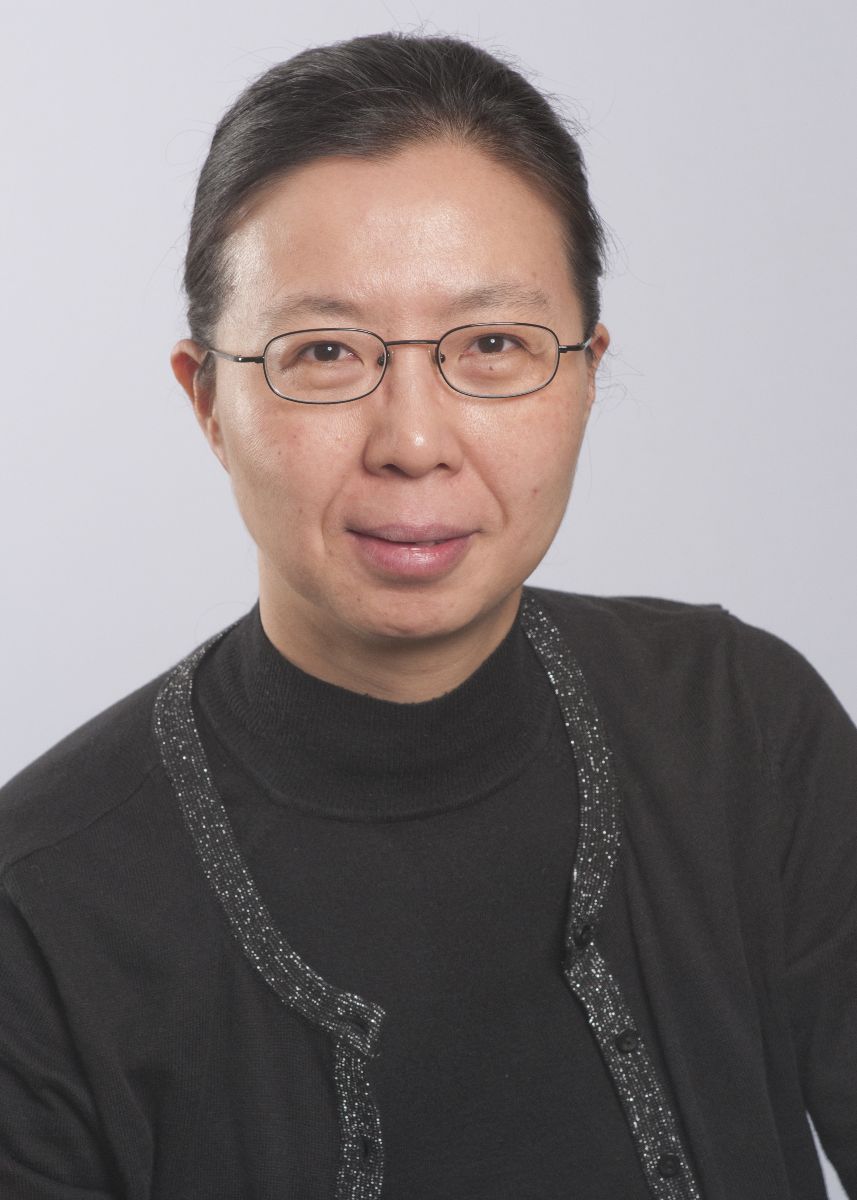CLAS researchers seek to stamp out herpes simplex virus 1
 DETROIT – Herpes simplex virus 1 (HSV-1), or oral herpes, is a virus that affects more than 70 percent of the world's adult population. Although there are treatments to relieve its symptoms and shorten their outbreaks, the virus remains dormant after recovery within the trigeminal ganglion of the nervous system and can reappear at a later date.
DETROIT – Herpes simplex virus 1 (HSV-1), or oral herpes, is a virus that affects more than 70 percent of the world's adult population. Although there are treatments to relieve its symptoms and shorten their outbreaks, the virus remains dormant after recovery within the trigeminal ganglion of the nervous system and can reappear at a later date.
With the help of a $1.8 million, five-year grant from the National Institute for Allergy and Infectious Diseases of the National Institutes of Health, Haidong Gu, Ph.D., assistant professor of biological sciences in Wayne State University's College of Liberal Arts and Sciences, aims to garner more genomic information about HSV-1 and develop an understanding on how it employs multifunctional proteins to disrupt host defenses and escape immune surveillance.
In particular, Gu and her team will look at infected cell protein 0 (ICP0), which plays a leading role in the tug-of-war of HSV-1 infection with nuclear domain 10 (ND10), the site of DNA virus transcription and replication.
"The results of this study on ICP0 functions will lead to a better understanding of the virus-host interactions for herpetic diseases," said Gu. "In addition, we aim to understand infectious diseases caused by HSV-1, and ultimately develop knowledge of the cellular defense mechanisms of host defenses that could lead to new anti-herpes treatments."
Learn more about NIH grant #118992, Dissecting the Functional Domains of Infected Cell Protein 0 of Herpes Simplex Virus 1.